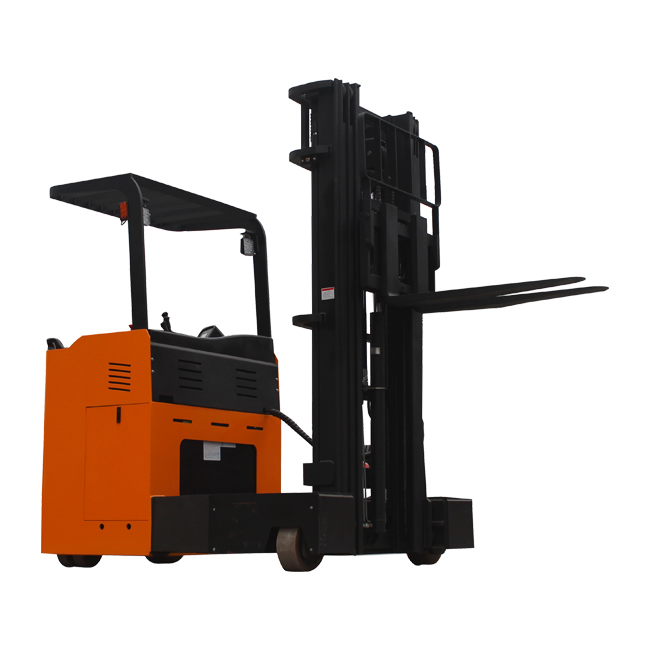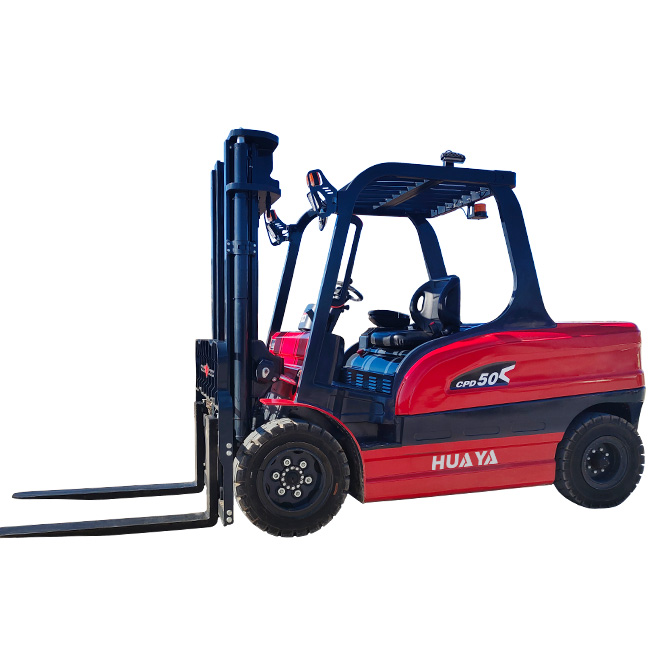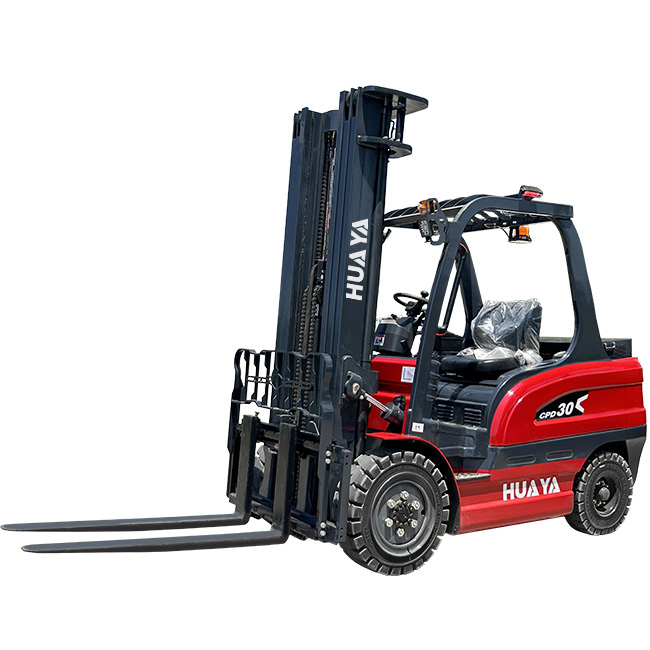Are Walking Reach Trucks the Same as Walkie Riders?
11 Aug 2025
In the fast-paced world of warehousing and logistics, equipment choices can make or break efficiency. Among the countless machines designed for moving goods, walking reach trucks and walkie riders are often confused. They may seem similar at first glance, but their designs and purposes are different enough to matter.
What is a Walking Reach Truck?
Design and Structure
A walking reach truck is a type of narrow aisle forklift where the operator walks behind or alongside the machine rather than riding inside it. It typically features an extendable mast that allows the forks to “reach” into racking.
Main Functions
Its primary role is to lift pallets to higher rack levels while navigating tight aisles.
Typical Use Cases
Ideal for retail warehouses, cold storage, and facilities with limited aisle space.
What is a Walkie Rider?
How It Works
A walkie rider is similar to a pallet jack but allows the operator to stand on a platform and ride while controlling the truck.
Operator Position
Unlike walking reach trucks, the operator rides on the unit for most operations, reducing physical strain.
Common Applications
Ideal for transporting pallets over longer distances within large warehouses.
Differences Between Walking Reach Trucks and Walkie Riders
Design Variations
Reach trucks have masts for vertical lifting, while walkie riders focus on horizontal movement.
Speed and Maneuverability
Walkie riders move faster across the warehouse; reach trucks excel in tight spots.
Lifting Capabilities
Walking reach trucks can lift to greater heights, often exceeding 20 feet, while walkie riders are limited to pallet-level lifting.
Cost Considerations
Reach trucks generally cost more due to their advanced lifting mechanisms.
Similarities Between Walking Reach Trucks and Walkie Riders
Purpose in Material Handling
Both move goods efficiently within warehouses.
Electric Power Systems
Both are commonly battery-powered for indoor use.
Safety Features
Equipped with braking systems, ergonomic controls, and load stability tech.
Advantages of Walking Reach Trucks
Narrow Aisle Capability
Excellent for high-density storage layouts.
High Lift Height
Access top racks with ease.
Precision Control
Fine-tuned movements for safe handling.
Advantages of Walkie Riders
Operator Efficiency
Standing ride platform saves walking time.
Longer Travel Distances
Faster for cross-warehouse transport.
Reduced Fatigue
Less physical exertion compared to walking with equipment.
Limitations of Each
Walking Reach Truck Limitations
Slower travel speed, not suited for long-distance runs.
Walkie Rider Limitations
Limited vertical reach, less maneuverable in tight aisles.
When to Choose a Walking Reach Truck
Ideal Industries
Retail, food storage, and e-commerce fulfillment.
Warehouse Layout Factors
Best for facilities with narrow aisles and high shelving.
When to Choose a Walkie Rider
Operational Needs
Perfect for moving goods quickly across wide warehouse spaces.
Distance vs. Lift Priority
Choose walkie riders when speed outweighs lifting height.
Safety Considerations for Both
Operator Training
Proper training reduces accidents and improves efficiency.
Maintenance Requirements
Regular checks on brakes, batteries, and controls are essential.
Cost and ROI Analysis
Initial Investment
Reach trucks often have a higher price tag.
Long-Term Savings
Both can reduce labor costs and improve workflow over time.
Industry Trends in Warehouse Equipment
Electrification
Growing preference for eco-friendly electric models.
Automation Integration
Some models now integrate with automated warehouse systems.
While walking reach trucks and walkie riders share some similarities, they’re built for different jobs. Choosing between them depends on your warehouse layout, lifting needs, and travel distances. The right choice can dramatically improve productivity, safety, and ROI.
FAQ
Can a walking reach truck be used like a walkie rider?
Not effectively—reach trucks are built for vertical lifting, not high-speed travel.
Which is better for narrow aisles?
Walking reach trucks, due to their compact design.
Do both require licenses?
Yes, operators must be certified for safe use.
Are they battery-powered?
Most models are electric, making them suitable for indoor use.
Which lasts longer in heavy use?
With proper maintenance, both can last years, but heavy travel favors walkie riders.




